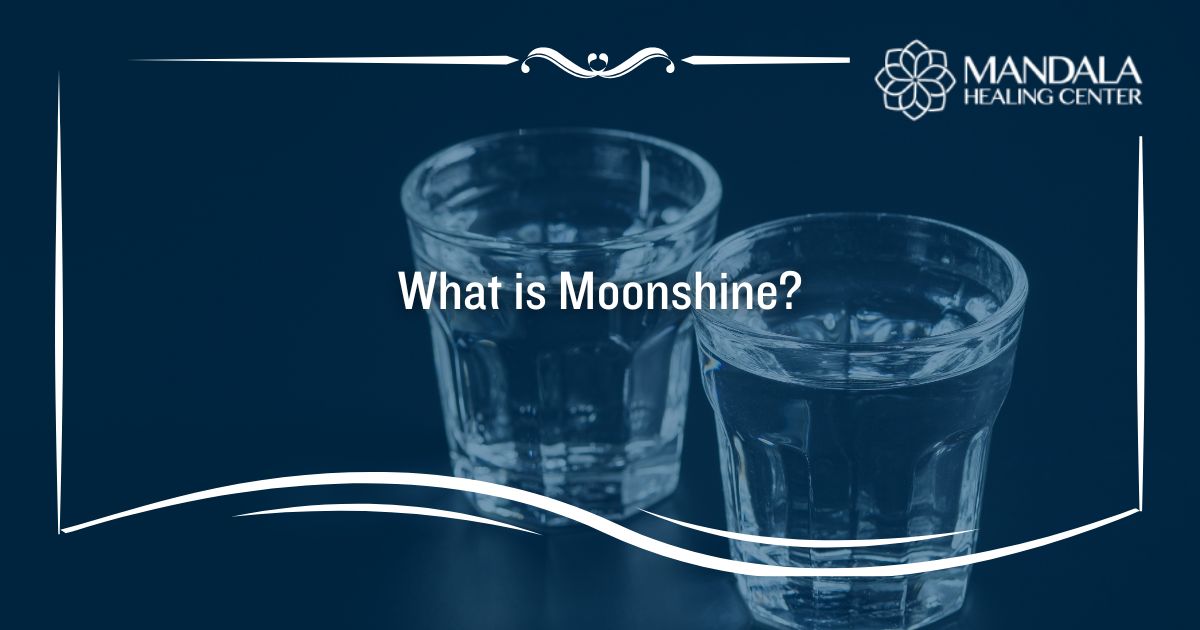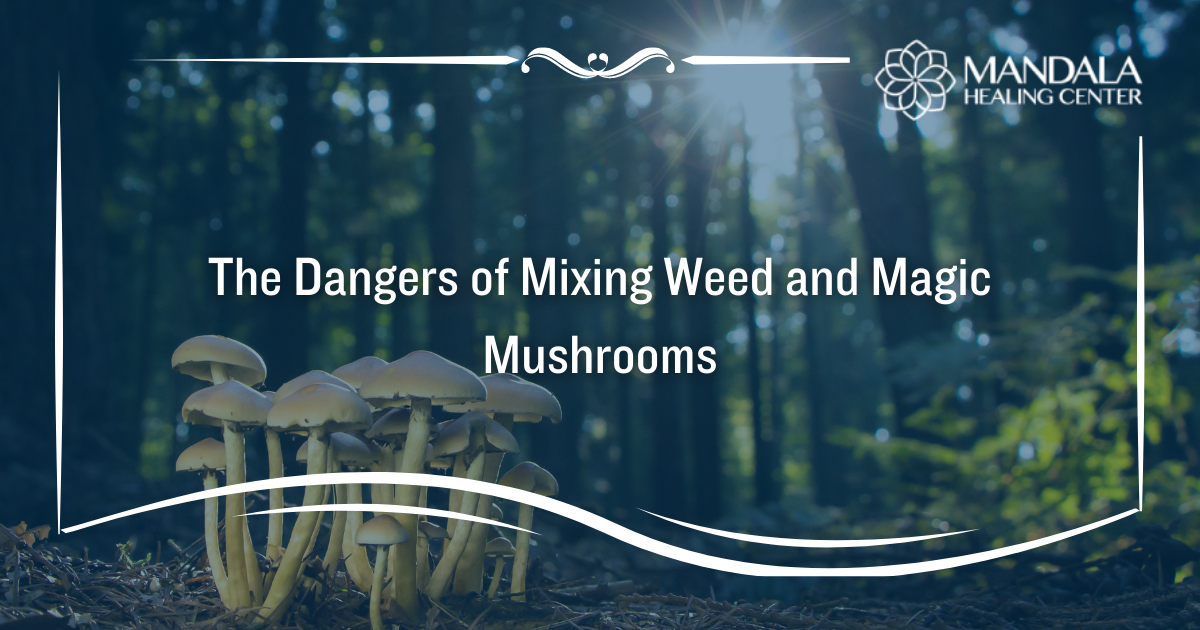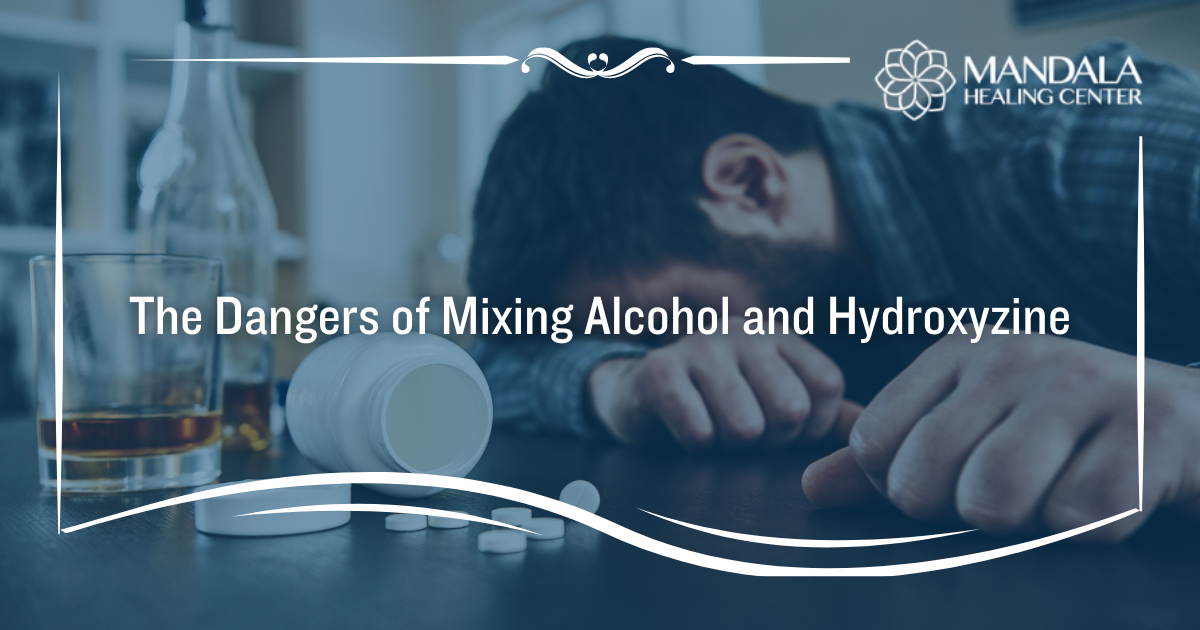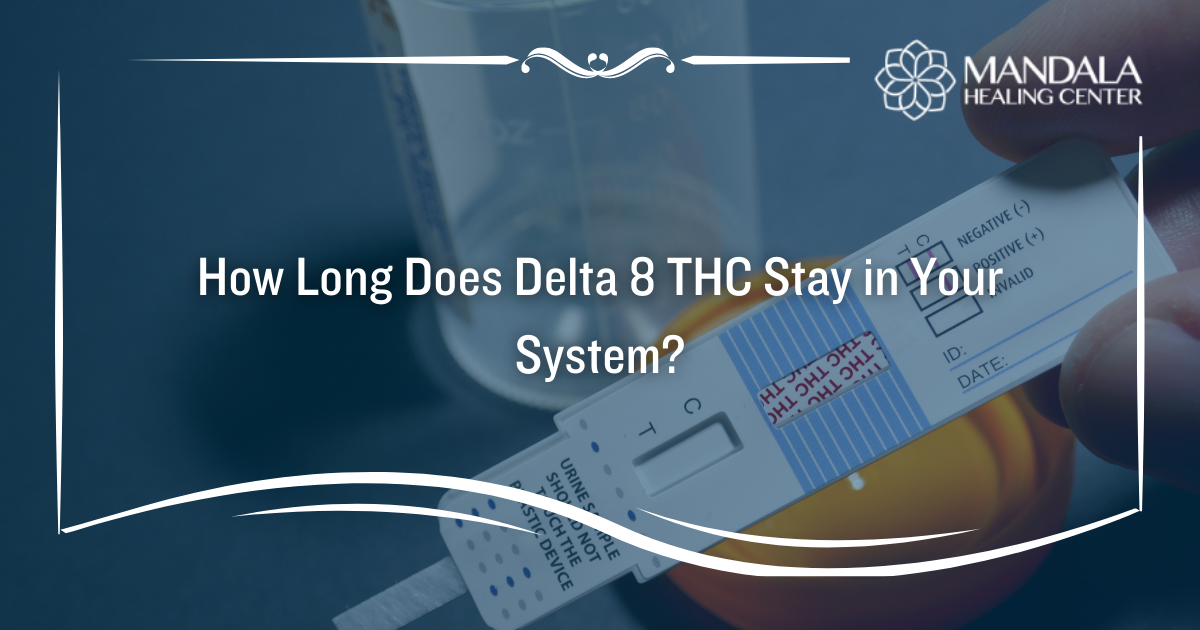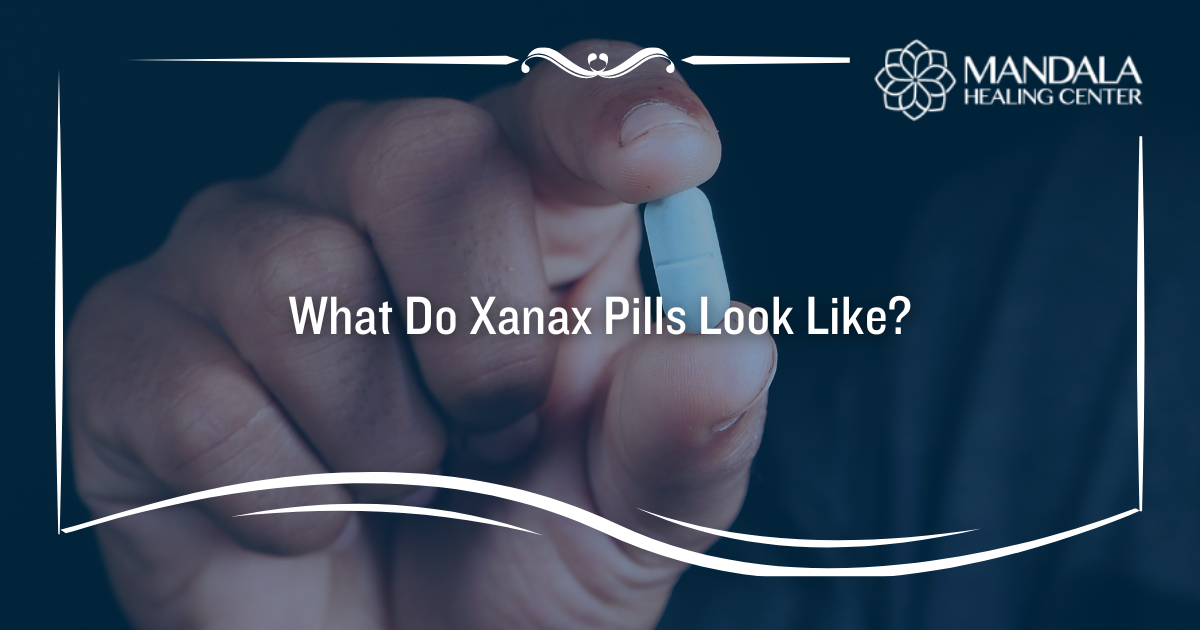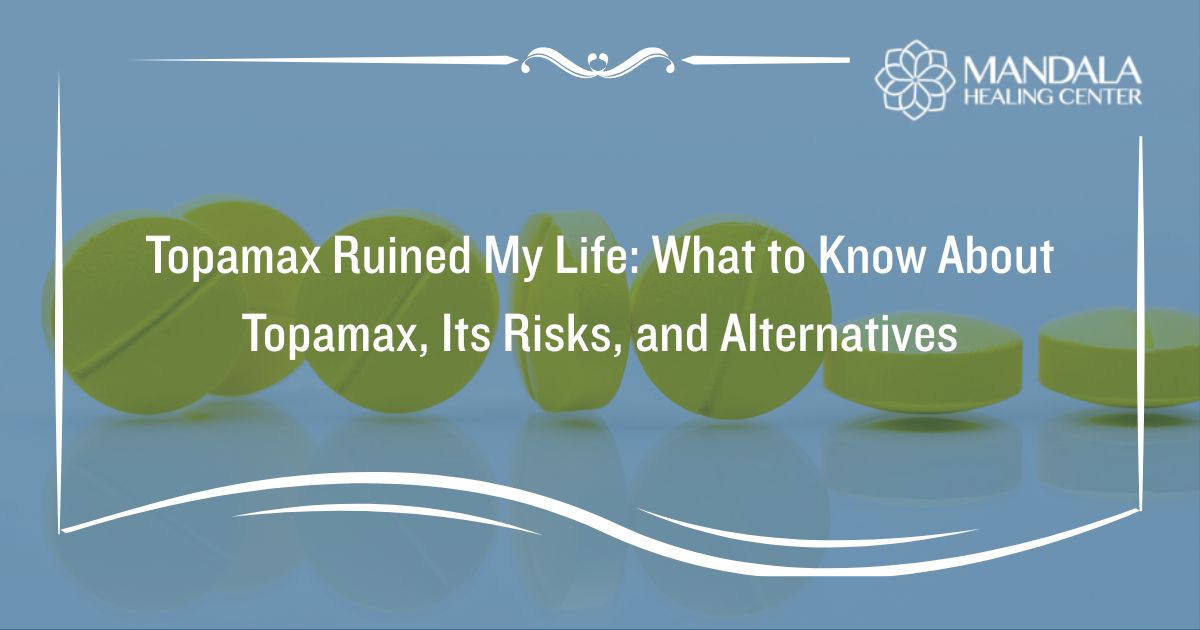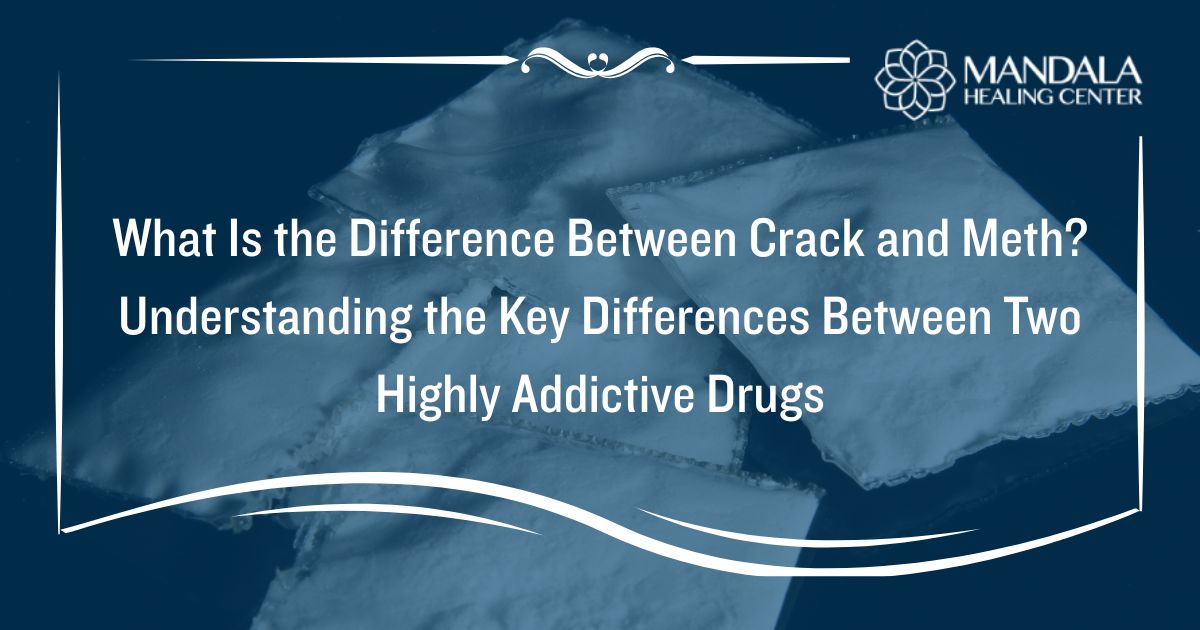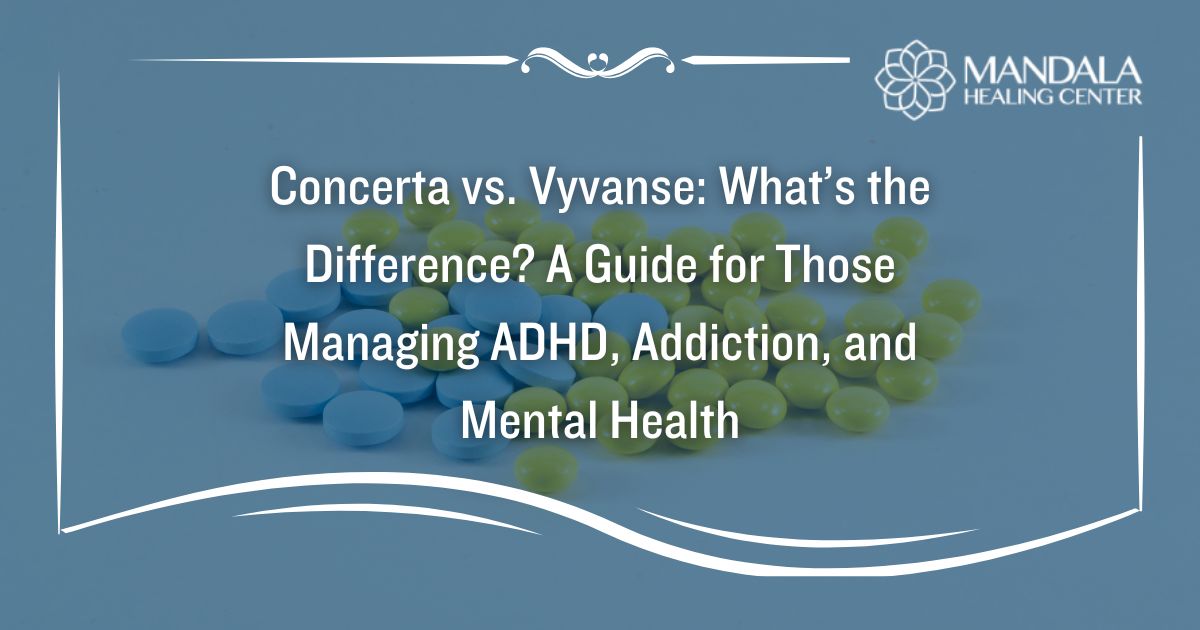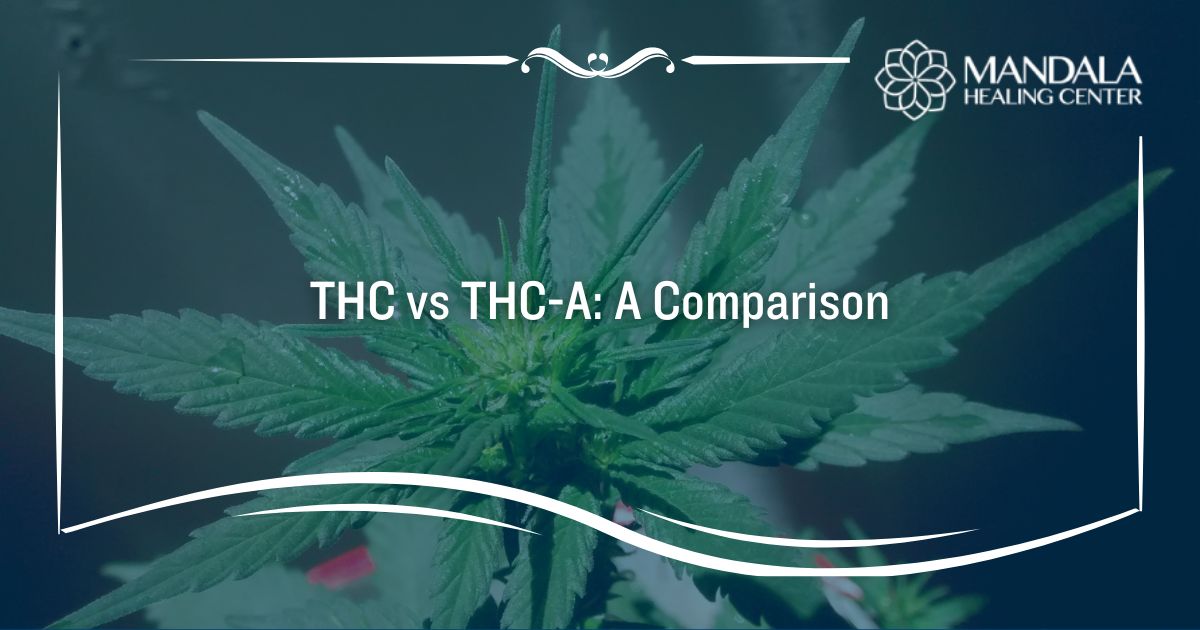When people hear the term “moonshine,” they often think of illegal stills and secret backyard brews, but what exactly is moonshine, and why does it carry such a notorious reputation?
In simple terms, it’s a type of homemade, usually illegally distilled beverage known for its extremely high alcohol content.
Moonshine has a certain charm and nostalgia. Many people often view it as a rebellious part of American history. However, it’s not harmless. Drinking it can lead to health risks due to impurities, contamination, or dangerously high levels of alcohol.
In this article, we’ll explain moonshine, examine its interesting and controversial history, and discuss the real dangers of drinking it. By the end, you’ll know why caution is so important when it comes to moonshine—and what to do if you or a loved one needs help.
What Exactly Is Moonshine?
Moonshine is essentially homemade alcohol, usually produced secretly without regulation or oversight.
Traditionally, moonshine is made from grains like corn or rye, fruits, or sugars. This process creates a drink with a very high alcohol content, sometimes much stronger than the average spirits in a liquor store.
The term “moonshine” comes from making alcohol at night. This was done “by the light of the moon” to avoid being caught by authorities.
Moonshine is made informally, often in a home, garage, or hidden still. It does not go through the careful steps that licensed distilleries must follow. It became famous in the United States during Prohibition (1920–1933). This was when making and selling alcohol was illegal.
People started making illegal alcohol to meet the demand. This created a strong black market, adding to moonshine’s rebellious image.
The modern version of this alcoholic drink exists in two forms. There is still the illicit, homemade version, which can be dangerous due to impurities, contaminants, and unpredictable alcohol levels. Then there is commercially available moonshine, a regulated, legal product sold in liquor stores. These products are safer because they follow standard rules for distillation and purity. They usually have a high alcohol content.
A Brief History of Moonshine
Moonshine’s distilling process has deep roots in American history, originating in rural areas like the Appalachian Mountains.
Early settlers in remote areas made their own alcohol. They did this to use up extra crops, mainly corn. It also helped them earn extra money. Making alcohol at home became a practical skill passed down through generations.
However, it became well-known during the Prohibition Era (1920–1933), when the government banned the production, sale, and distribution of alcohol across the country.
The ban created a big underground demand for strong liquor. Moonshiners filled this gap by secretly making and selling their homemade drinks. Illegal stills appeared in secret places. The famous image of moonshiners avoiding the police became part of American folklore.
Even after Prohibition ended, white lightning remained a symbol of rebellion, independence, and rural strength. The image came to represent a spirit of defiance, self-reliance, and strong individualism. These qualities are highly admired in many parts of American culture.
Today, the liquor drink’s production continues largely because of nostalgia, curiosity, and a fascination with its “outlaw” reputation.
How Moonshine is Made
Production typically involves two main steps: fermentation and distillation.
First, basic ingredients like corn, sugar, fruits, or grains are mixed with yeast and water to create a mash. This mash ferments, converting sugars into alcohol over several days. Once fermentation is complete, a homemade still heats the resulting liquid, which is essentially a beer-like substance.
During distillation, alcohol evaporates first, leaving water and other compounds behind. The alcohol vapor is captured and cooled, resulting in a clear, potent liquid: moonshine. However, home production carries significant risks. Because the process lacks regulation, people often produce homemade moonshine that contains dangerous impurities.
Poorly controlled temperatures during distillation can produce harmful byproducts like methanol, a highly toxic form of alcohol. Methanol poisoning can cause permanent blindness, severe nerve damage, or even death.
Homemade equipment can have harmful substances like lead or antifreeze. These can mix into the final product and create serious health risks. In contrast, professional distilleries follow strict regulations, ensuring proper handling, controlled temperatures, and careful removal of toxic substances.
Dangers of Drinking Moonshine
The health risks associated with drinking moonshine are very real and potentially deadly. Homemade versions often contain methanol, a toxic form of alcohol that results from careless distillation.
Methanol poisoning can cause blindness, permanent nerve damage, or even death, making unregulated types a danger. Even without methanol, the high alcohol content in moonshine can cause quick intoxication and alcohol poisoning.
A single serving of moonshine can have as much alcohol as several standard drinks. This greatly raises the risk of serious impairment, blackouts, and alcohol-related injuries.
Furthermore, moonshine brewed in homemade stills can expose drinkers to contaminants like lead, copper, and even antifreeze.
Risk of Addiction and Dependence
The extremely high alcohol content in moonshine makes it particularly addictive, especially for those who consume it regularly. Its potency means users may quickly develop tolerance, needing more alcohol to get the same effects.
This escalating consumption significantly increases the risk of dependence and addiction.
Because moonshine delivers such intense effects rapidly, individuals may become physically and psychologically dependent faster than with other forms of alcohol. Regular drinkers can experience severe withdrawal symptoms, including anxiety, tremors, seizures, and hallucinations if they suddenly stop.
Long-Term Effects
Regular consumption of moonshine can lead to severe long-term health consequences.
Chronic drinking can result in serious liver damage, including cirrhosis, liver failure, and liver cancer. Kidney function can also suffer, leading to chronic kidney disease or renal failure.
Moonshine’s potent alcohol content can cause lasting neurological damage, impairing cognitive function, memory, and coordination. Chronic heavy drinking can result in nerve damage (neuropathy), mood disorders, and increased risk of stroke or dementia.
Find Alcohol Abuse Treatment Today
At Mandala Healing Center, we understand that the journey to recovery can be daunting, but it is also a path filled with hope and possibility. Our holistic approach to alcohol addiction treatment combines medical expertise with emotional support, ensuring comprehensive care.
We offer various therapies, including individual counseling, group sessions, and wellness activities. All are designed to help with issues related to alcohol dependence. Contact us today to learn more!
References:
- Psychiatry Online: A Brief Review of Moonshine Use
- JAMA Network: The Menace of “Moonshine” Whisky
- Appalachian State University: It’s All Legal Until You Get Caught: Moonshining in the Southern Appalachians


